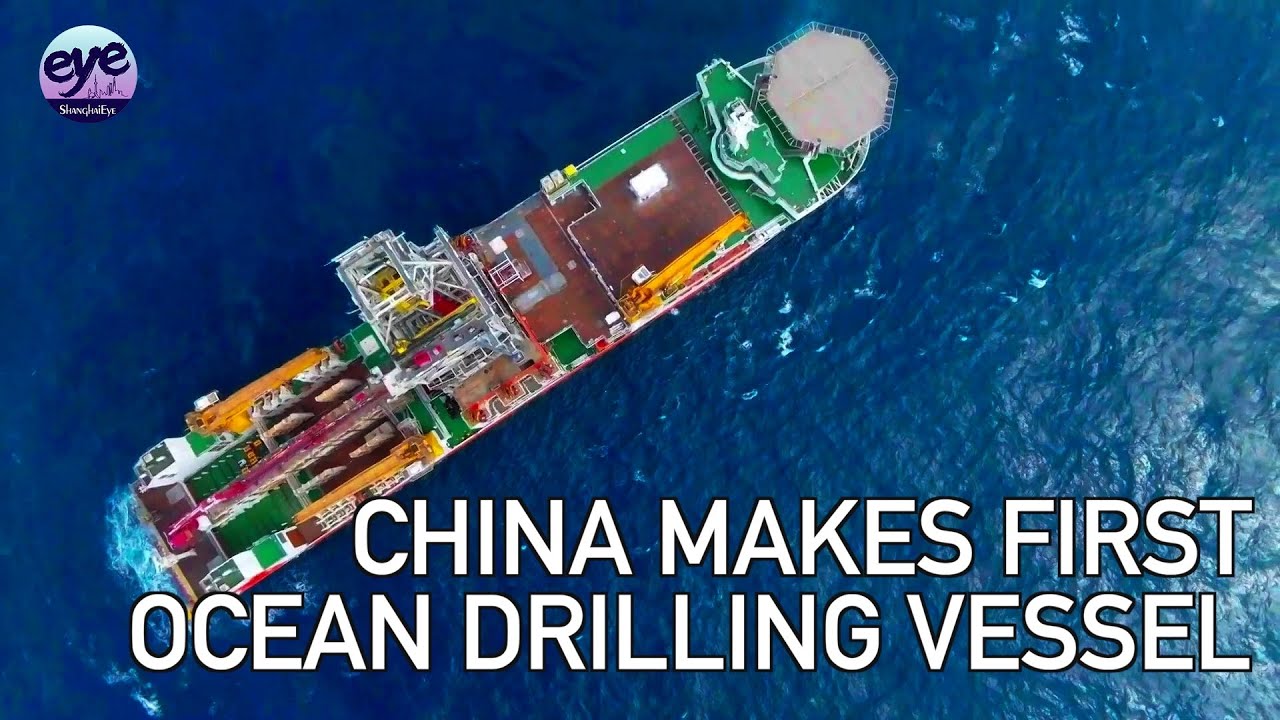The Paulino Freire shipyards launched into the Ría de Vigo an Offshore or multi-purpose Oceanographic and Research Vessel:
Builder: P. Freire Shipyard, Vigo, Spain
Name of Vessel: NB C731 “RV David Packard”
Year of build: 2022
Owner: Monterey Bay Aquarium Research Institute
Country: United States
Main characteristics: T
Total length (LOA): 49.99 m.
Flotation length (LPP): 49.90 m.
Beam: 12.80 m.
Hgt. to main deck: 5.65 m.
Design draft: 3.65 m.
Max. draft: 3.95 m.
Maximum speed :12 knots
Autonomy: 21 days.
Video:
David Packard was co-founder of Hewlett-Packard in 1939.

MBARI founder—and namesake for MBARI’s new research vessel—David Packard standing with the ROV Tiburon at the institute’s dock in Moss Landing, California, in 1994.
Image: © 1994 MBARI
Source: https://www.mbari.org/
RV WIM WOLFF started her diesel-electric propulsion to leave the Thecla Bodewes Shipyards headquarters in Kampen for a first series of technical trials on the IJsselmeer. Commissioned by NIOZ Royal Netherlands Institute for Sea Research the RV WIM WOLFF is intended to replace the Wadden Sea research vessel RV NAVICULA and, with its shallow draught of 1 meter, is specially designed for night voyages for research in the Wadden Sea, the Zeeland Delta or coastal areas. With a permanent crew of four, the RV WIM WOLFF will offer state-of-the-art facilities for a maximum of 12 passengers and is equipped with dry and wet laboratory facilities on board. The vessel also has space for two customized laboratory containers on the working deck.
One more research vessel:
Marcus G Langseth visit by DeRegt cables
MARCUS G LANGSETH formally known as WESTERN LEGEND is owned by National Science Foundation and operated by Colombia University, Lamont-Doherty Earth Observatory. She is 71.5 meter long, with a beam of 17 meter and a draft of 5.9 meter. She was built under ICE class Baltic IA and launched by Ulstein in 1991. Lamont acquired the vessel in 2004 from Western Geco. After several years operating as seismic vessel she was now modified and outfitted to become a multipurpose research vessel.
DeRegt cables was onboard to re-terminate and modify her leadin cables. As seismic research is still part of her job she is fitted with 4 winches with source umbilicals and 4 streamer winches. With the limited space onboard the leadins are always positioned under the streamers so in order to get all the cables done we have to move around with the streamers.
With a vessel being multipurpose it is always interesting to see a lot of other equipment used by the scientist. With a part of the vessel being removed and now accommodate deck space and an A-frame she is capable of doing almost any kind of research required. As always it has been a pleasure to be onboard and meet the crew again. Thank you for having us and see you all with the next stop.

Meng Xiang completed commissioning and is set for its maiden voyage before the end of the year (Huangpu Wenchong photos)
[quote]
With a length of 590 feet (180 meters) and 108 feet (33 meters) in width, Meng Xiang becomes the largest Chinese research vessel. It has a displacement of 42,600 tons and a range of 15,000 nautical miles. It accommodates 180 people and according to the shipyard was designed to operate in strong sea conditions (level 6) as well as to safely survive a super typhoon.
Meng Xiang has an advanced dynamic positioning system and a broad range of deep ocean drill capabilities (Huangpu Wenchong)
More pictures of the Meng Xiang in this article:
Video from the naming ceremony:
I’ve not known many ships built in Spain. I’ve seen plenty of hull metal replaced from S. Korean ship yards though. Without looking further I’d try Spanish Steel??
The research vessel PRINCE MADOG in James Watt Dock at Greenock. Delivered in 2001 she has a Romanian-built hull and was completed by Scheepswerf Visser at Den Helder. The vessel is operated by Bangor University enabling research of biology, geology and physics of coastal areas. Photo : Simon Smith ©
She was converted to operate on hydrogen:
Seen here on a visit to London:
Source: RV Prince Madog — Finnøy Gear & Propeller AS
India is in for an Polar Research vessel:
Illustration: © Kongsberg Maritime
The design for this vessel is reported to be UT851:
PS> That is the same as the R/V Sir David Attenborough (Polar Class 4 rating):
so many of those new ships looks heavy in the bow? there’s something about them that just doesn’t look quite right.




















